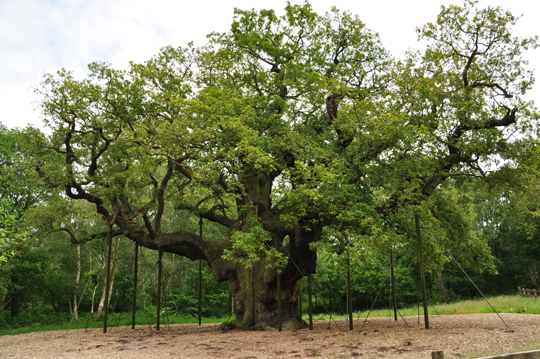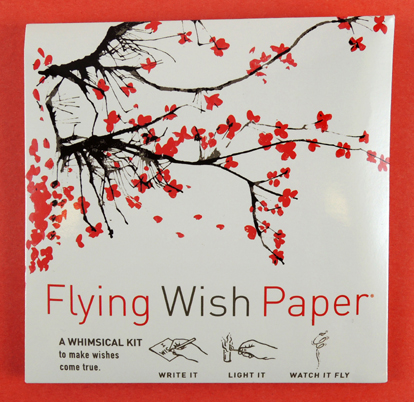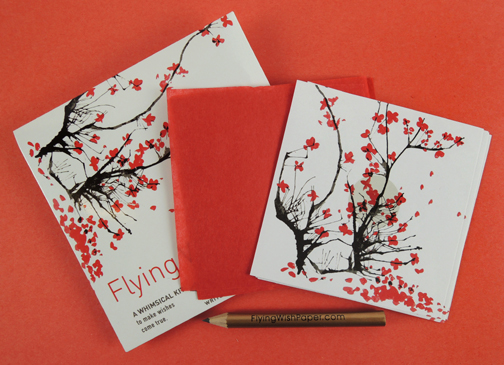 A few weeks ago, Katie, Marissa, and I saw Harry Potter and the Cursed Child on Broadway. Just…soak up the epic-ness of that last sentence. I’d love to share our theater-going experience, but first, I do solemnly swear there will be NO SPOILERS about the content of the play itself.
A few weeks ago, Katie, Marissa, and I saw Harry Potter and the Cursed Child on Broadway. Just…soak up the epic-ness of that last sentence. I’d love to share our theater-going experience, but first, I do solemnly swear there will be NO SPOILERS about the content of the play itself.

Katie was the one who started the Broadway ball rolling. In the fall of 2017, she entered and won the ticket purchase lottery. And that is how, eight months later, Marissa, Katie, and I journeyed to Manhattan to witness wizarding wonders. We were really excited.
 Like, really, really, really, REALLY excited.
Like, really, really, really, REALLY excited.

The performance is split into two parts. Part I runs for 2 hours and 40 minutes, which includes a 20 minute intermission. Part II is 2 hours and 35 minutes with another 20 minute intermission. The way Katie purchased the tickets, we saw both parts on the same day, with a dinner break.
Cursed Child is playing at the Lyric Theater, which underwent a massive, multimillion dollar renovation in order to host the play. The co-designers (Christine Jones and Brett J. Banakis) must be huge Harry Potter fans because you can absolutely feel the love, care, and creativity that went into creating a totally immersive experience.
For example, there’s a circular room that’s filled with a huge mural of patronus. Their bodies incorporate BOOK quotes! They are the masterful work of UK artist Peter Strain.




A little further in the theater is a multi-story staircase. Very elegant.

But the best part is the ceiling. Look at this…!

The lowest level was decorated to resemble the Forbidden Forest. The pillars are natural wood that has painted over. So they resemble highly stylized tree trunks.

Take a closer look at the carpet, too. A delicate little custom H emblem for Hogwarts.
 Custom gilded wall paper too. I fell in love with the the balcony-level wallpaper…
Custom gilded wall paper too. I fell in love with the the balcony-level wallpaper…

Even the merchandise areas were stylish. The Lyric has a couple shops, concession stands, even bars for the grown-ups! This is a shelf in one of the candy areas. I love the branch, glass goblet, and books. There were cool old books on display everywhere.

Finally, it was time for the show to begin. Here’s the interior of the theater. If you look closely at the stage, you’ll see stacks of old-fashioned suitcases. The first scene takes place on the platform in King’s Cross Station.

I promised no play spoilers, but what I can say is…wow. Wow wow wow wowie-WOW. It was a masterpiece of acting, music, choreography, lighting and stage illusion. Some of the illusions were BIG. And some of the illusions were such simple, beautiful little touches, it brought tears to my eyes. There were inside jokes for book fans, and the return of much-loved characters (even if it was ever-so-briefly). Without giving anything away, I will say that the production crews used every single bit of that theater to tremendous effect.
The end of Part I will simply take your breathe away. Seriously. I didn’t exhale for 3 minutes while things played out. Here’s Katie’s son and niece giving their reactions to the conclusion of Part I.

Harry Potter and the Cursed Child kept us utterly enthralled for 5 hours and 15 minutes. There were 3 curtains calls to a massive standing ovation. The cast and crew deserve every single bit of that applause and more. They put their whole hearts into what will forever be one of the highlights of my literary life. Bravo.

 Fiction writers are famous for creating elaborate new worlds. But sometimes a book location actually exists in the real world! We searched for real locations made famous by stories (but not the movie versions of the books – sorry Hobbiton, New Zealand). Even more exciting….Katie has actually visited one of the more exotic locations, as evidenced in the above photo.
Fiction writers are famous for creating elaborate new worlds. But sometimes a book location actually exists in the real world! We searched for real locations made famous by stories (but not the movie versions of the books – sorry Hobbiton, New Zealand). Even more exciting….Katie has actually visited one of the more exotic locations, as evidenced in the above photo.











 No, it’s not the name of my new romance novel. It’s this…Flying Wish Paper by Hux Creative! Write a wish on the special paper, ignite it, and watch your wish float away, granted. Does this kit actually work? Or will the fickle realities of wish-granting manifest themselves? Our brave yet tempestuous heroine, Katie, tempted cruel fate and tested the kit in her dining room. Take it away Katie!
No, it’s not the name of my new romance novel. It’s this…Flying Wish Paper by Hux Creative! Write a wish on the special paper, ignite it, and watch your wish float away, granted. Does this kit actually work? Or will the fickle realities of wish-granting manifest themselves? Our brave yet tempestuous heroine, Katie, tempted cruel fate and tested the kit in her dining room. Take it away Katie! The kit contains 15 sheets of Flying Wish Paper, 5 paper platforms for your wishes, a special mini pencil, and a set of instructions. It retails for $12 at our local Paper Source. The first part of the kit is easy enough. You think of a special wish and write it on the Flying Wish Paper, which closely resembles tissue paper. If you choose, you can slide the Wish Platform (more on that shortly) under your Wish Paper to help you write more easily. Our Wish Platform had a gorgeous picture of blossoming cherry trees on it, but there are many other images in different kits to choose from.
The kit contains 15 sheets of Flying Wish Paper, 5 paper platforms for your wishes, a special mini pencil, and a set of instructions. It retails for $12 at our local Paper Source. The first part of the kit is easy enough. You think of a special wish and write it on the Flying Wish Paper, which closely resembles tissue paper. If you choose, you can slide the Wish Platform (more on that shortly) under your Wish Paper to help you write more easily. Our Wish Platform had a gorgeous picture of blossoming cherry trees on it, but there are many other images in different kits to choose from. Once you have written your wish, crumble the Wish Paper into a ball about the size of a marble. Next, carefully unwrap and smooth out the paper so it is flat, albeit crinkled from being smashed into a ball.
Once you have written your wish, crumble the Wish Paper into a ball about the size of a marble. Next, carefully unwrap and smooth out the paper so it is flat, albeit crinkled from being smashed into a ball. Once the paper is flat, roll it into a tube using the darkened circle on the Wish Platform as a guide. The tube needs to be open enough to allow the Wish Paper to easily burn, just like a chimney. Stand your Wish Paper upright on the Wish Platform and you are ready to send it to the heavens!
Once the paper is flat, roll it into a tube using the darkened circle on the Wish Platform as a guide. The tube needs to be open enough to allow the Wish Paper to easily burn, just like a chimney. Stand your Wish Paper upright on the Wish Platform and you are ready to send it to the heavens! This is when I became a little nervous. I was going to light paper on fire inside of my home. Rather, I was going to let my son (who was thrilled to have full parental permission to strike a match indoors) LIGHT PAPER ON FIRE INSIDE OUR HOUSE! It took a few tries to stand the Wish Paper on the Wish Platform without it toppling over, which also made me nervous.
This is when I became a little nervous. I was going to light paper on fire inside of my home. Rather, I was going to let my son (who was thrilled to have full parental permission to strike a match indoors) LIGHT PAPER ON FIRE INSIDE OUR HOUSE! It took a few tries to stand the Wish Paper on the Wish Platform without it toppling over, which also made me nervous. I was also fearful the burning Wish Paper would fall over, (or off!) the Wish Platform. Well, it did fall over during one of our tests. It left a small burn mark on the Wish Platform, but thankfully nothing else happened.
I was also fearful the burning Wish Paper would fall over, (or off!) the Wish Platform. Well, it did fall over during one of our tests. It left a small burn mark on the Wish Platform, but thankfully nothing else happened. Flying Wish Paper is a fun activity that my son and I thoroughly enjoyed doing together. There are numerous fire concerns and it is definitely something parents can’t let their children do on their own, but I highly recommend it. It’s a whimsical and thoughtful activity for kids to really think about what their deepest wishes may be. It would be awesome for magic spells at a Harry Potter program too (and so would
Flying Wish Paper is a fun activity that my son and I thoroughly enjoyed doing together. There are numerous fire concerns and it is definitely something parents can’t let their children do on their own, but I highly recommend it. It’s a whimsical and thoughtful activity for kids to really think about what their deepest wishes may be. It would be awesome for magic spells at a Harry Potter program too (and so would